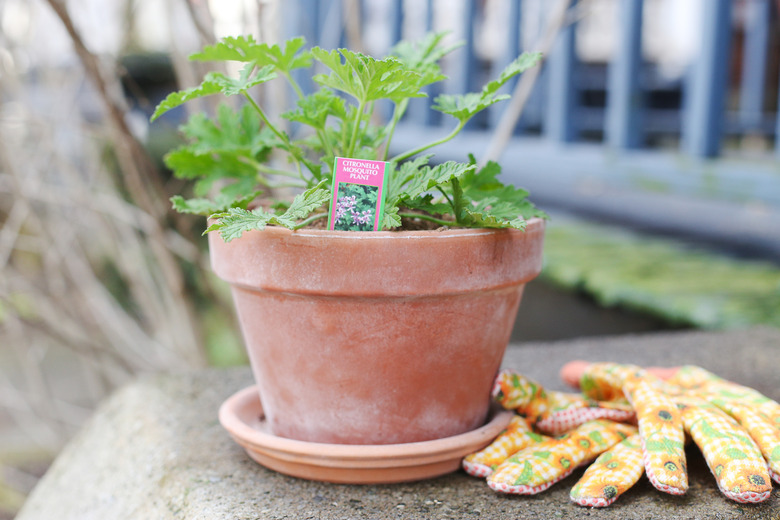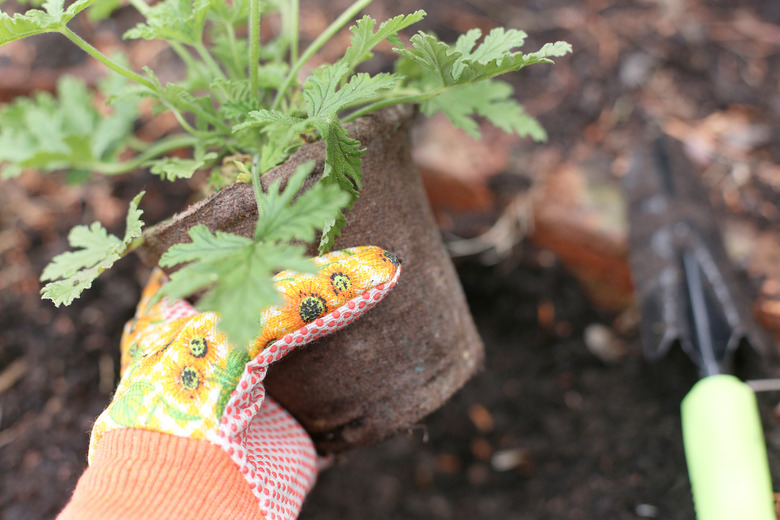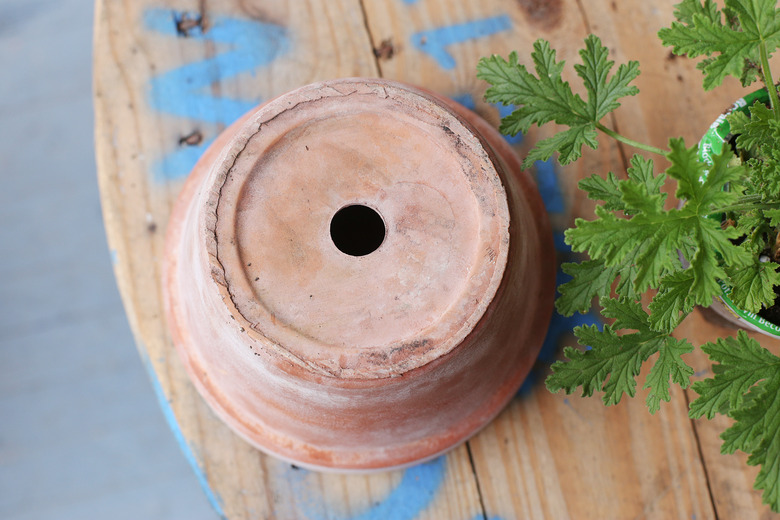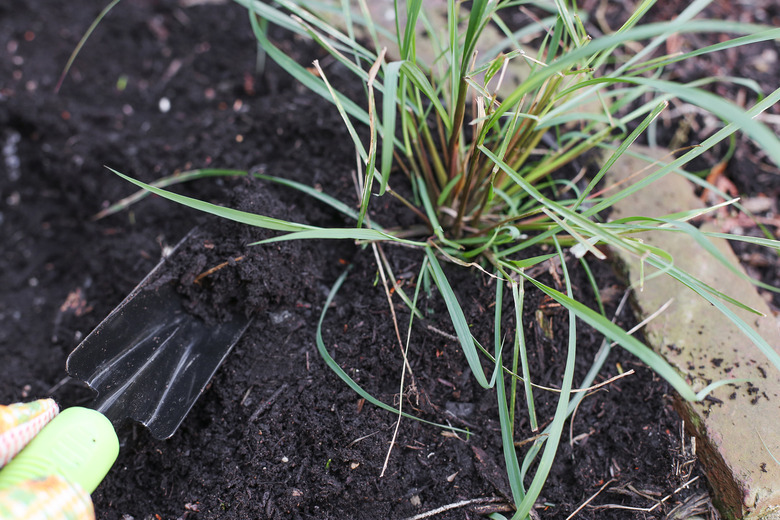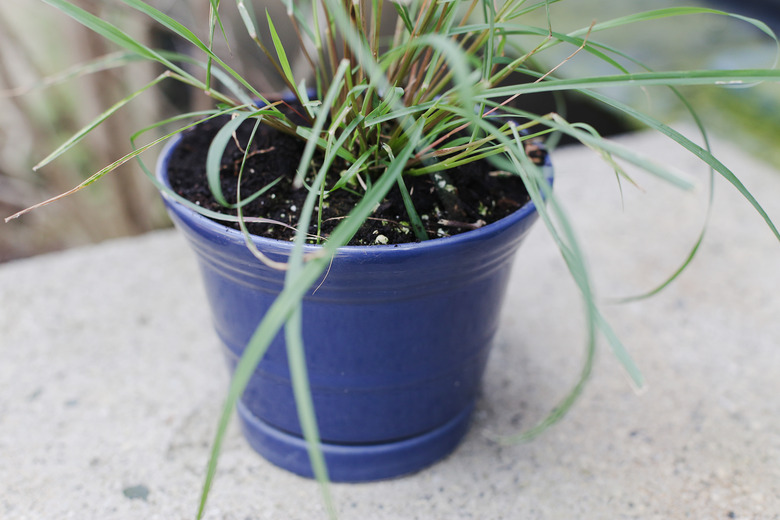How To Plant Citronella
One type of scented geranium and two scented grasses are sometimes sold as citronella. The scented geranium is also called mosquito plant (Pelargonium citrosum "Van Leenii"), while the scented grasses are called citronella grass (Cymbopogon nardus) and citronella (Cymbopogon winterianus). Mosquito plant can grow to 3 feet — with lacy green leaves and five-petaled lavender flowers veined with maroon. The clumping grasses top out at 6 feet, with dark red-tinged stems and blades up to 40 inches long. In colder climates, plant citronellas in pots so you can move them indoors for winter.
Mosquito Plants in the Garden
If you wish to plant mosquito plants in the ground, find a site for them in light, sandy and slightly acidic soil — with a pH close to 6.5. Choose a spot that gets direct sun for at least six hours per day, though a little afternoon shade will benefit the plants in hotter climates. Wait until after the last frost in spring to set the mosquito plants out, placing them 1 to 2 feet apart and at the same depth at which they grew in their containers. After watering the transplants, mulch them with 1 to 2 inches of pine straw or chopped bark. Keep the soil slightly damp while the plants become established. Once established in their new site, they should require water only about once a week during dry periods. Mosquito plants grow as perennials in U.S. Department of Agriculture plant hardiness zones 9 through 11.
Mosquito Plants in Containers
Because mosquito plants need excellent drainage, plant them in 8- to 12-inch clay pots with drainage holes, filled with cactus potting soil. If you prefer, make a mix for them from garden loam, using 1 part loam, 1 part peat moss or compost and 1 part perlite or coarse sand. Keep the soil lightly damp until the plants are well established and begin to grow again. After that, water the soil only after it has dried to about 1 1/2 inches beneath the surface.
Citronella Grasses in the Garden
If you live in USDA zone 9, citronella (Cymbopogon winterianus) may be your best bet because it grows as a perennial in USDA zones 9 through 12. Citronella grass (Cymbopogon nardus), grows in USDA zones 10 through 12. Both grasses prefer slightly acidic to neutral, sandy loam in full sun. Plant them after the last spring frost. If you live in a wet climate, position them on a slight ridge or in a raised bed to help drain water away. Otherwise, set the roots at the same depths they grew in the pots. Space the grass clumps 2 to 4 feet apart. Keep the soil moist until they are established, after which they should require only about 1/2 inch of water per week.
Citronella Grasses in Containers
Because citronella grasses grow quickly, choose a pot at least 12 inches in diameter — with drainage holes — for your plant. Fill the pot with a light, rich and fast-draining potting soil. While the plant is still small, keep the soil damp. Don't allow it to remain soggy, or you may cause the plant's crown to rot. Once the grass fills the pot, water it more frequently to keep its soil from drying out completely.
References
- Floridata: Cymbopogon Nardus
- ZipcodeZoo.com: Pelargonium Citrosum "Van Leenii"
- ZipcodeZoo.com: Cymbopogon Winterianus
- ZipcodeZoo.com: Cymbopogon Nardus
- Herb Gardening For Dummies; Karan Davis Cutler, Kathleen Fisher, Suzanne DeJohn and National Gardening Association
- Insect Repellents Handbook, Second Edition; Mustapha Debboun, Stephen P. Frances and Daniel Strickman, Editors
- CRC World Dictionary of Medicinal and Poisonous Plants; Umberto Quattrocchi
- Specialty and Minor Crops Handbook; Claudia Myers
